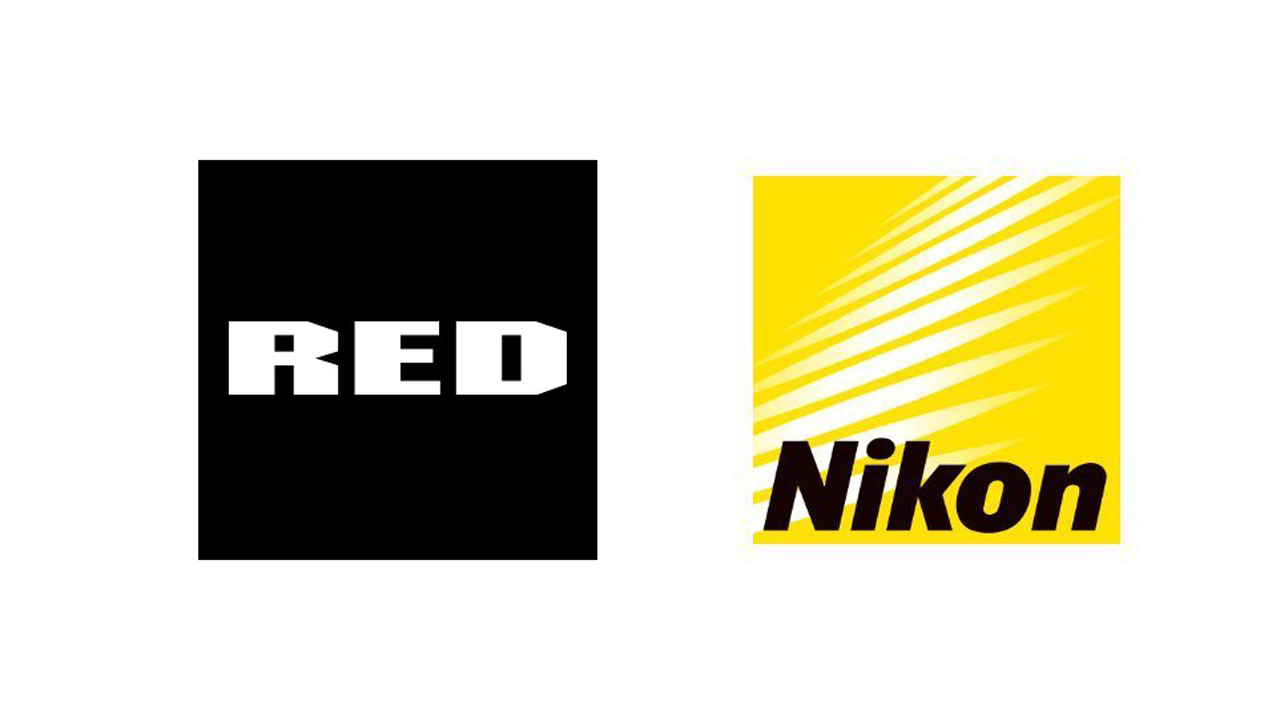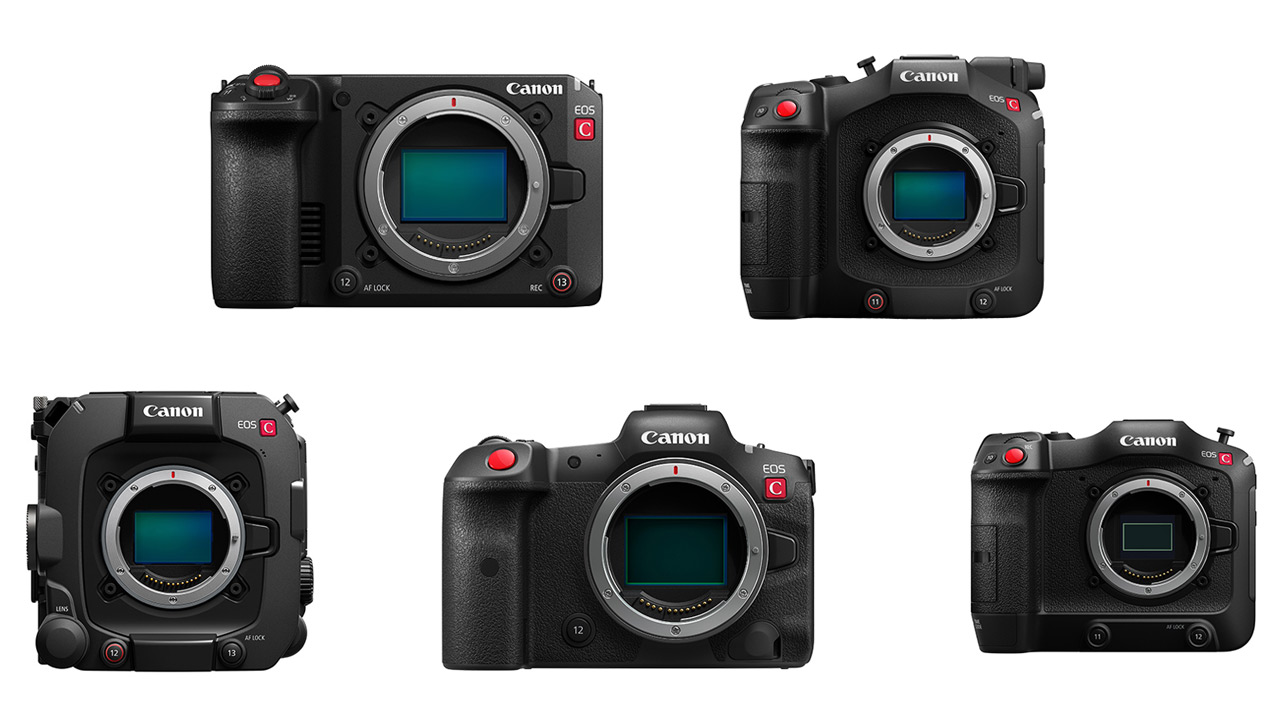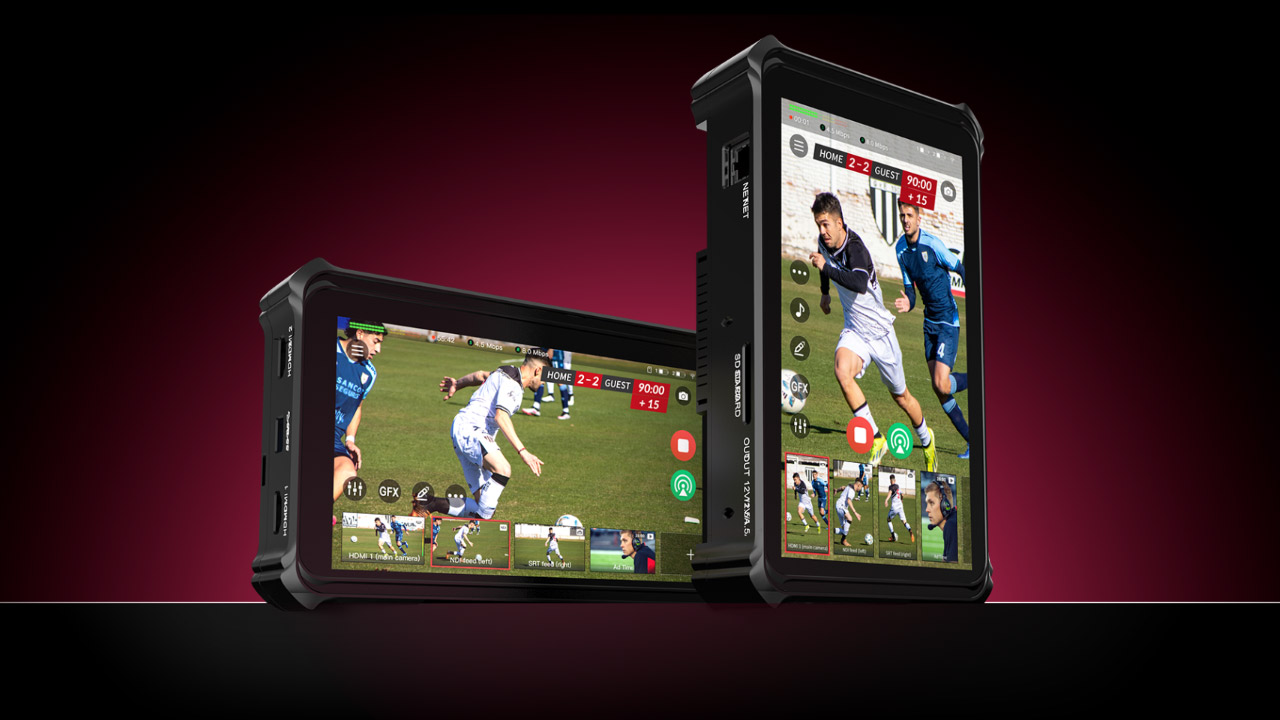
Film Photography is making a comeback. That’s a statement that is quite common amongst artists and photographers I talk to, but also seems to be a trending subject amongst the numerous photography blogs. Indeed, inspired by our ongoing series on the Nikon film cameras of yesteryear, along with a few videos I found on YouTube, I decided to dabble into film photography.
This world is not so unknown for me, but the tech side for sure is. My parents, grandparents, and aunts used (what we know now as vintage) film cameras to document their lives growing up (I am working to preserve some of the photos of Japan my grandpa took when he was stationed here). Being born in the digital age, and growing up in a world of omnipresent online life, as well as digital and smartphone cameras, I, like other contemporaries who are creators, tend to forget what truly makes a memorable photograph.
Film Photography in 2024 – How did I get started?
One of my mentors in the YouTube space is a friend of mine who lives in Nagano, named Orrin. I met him long ago at a creators networking event in Kyoto, and we stayed in contact since. He started film photography as a hobby, and uploads regularly on Instagram. When I decided to purchase a film camera, I reached out to him for advice on what would be a good purchase, pricing points, and some camera models to look out for. His response was in-depth and extremely helpful, which I will touch on in a moment.
Almost simultaneously, I recalled a video from Devon Heston, the host of the YouTube channel “Smarter Every Day,” where he takes us to a photo development lab, and shows us the “magical” (as he calls it) process of developing a roll of photos from 35mm film.
And, like fate was calling me, our Japanese teammates at PRONEWS Japan started an ongoing series about the roots of Nikon cameras, starting from the Nikon F, released in the 1950s, a camera that democratized photography for the masses. After a few more online tutorials, I decided to make a purchase.
Japan – the mecca of pristine quality film photography cameras
Orrin’s first response to my question was “see if your mom or dad have an old camera lying around.” My family is 6,500 miles away in Ohio, so immediate access from them was not much of an option. My aunt has an old Pentax (I forgot which model) which she said she will give me, however. But again, getting a vintage camera from the family in my motherland of Cincinnati was not an immediate option.
Plan B – the thrift shop.
In Japan, there are chains of thrift shops called HARD OFF, which sell anything second-hand you can think of. The larger ones are in the suburbs outside of Tokyo. I took an adventure to the Fujisawa store to see what they had. Needless to say, I was impressed from the start. I spent about an hour taking a look at what they had in stock. I almost purchased a Nikon film camera (I forgot which model, but it came with a zoom lens). However, with film cameras, you can’t try them out…obviously. I had to go with a gut decision with my purchase, and also, I made triple-check sure to make sure the thrift store vintage camera operated properly.
The PENTAX ME

I made my decision – the PENTAX ME. This is a aperture-priority camera that has an automatic shutter speed metering indicator. Basically, using the 50mm prime lens, I adjust the aperture setting, and the built-in light meter sets the shutter speed automaticaly. It also shows me in the viewfinder if the setting is over- or under-exposed.

Why did I choose this camera, though? Simple…one of the same reasons I decided to try film photography. I want to improve my abilities as a photographer.
The aperture-priority camera challenges me in a few ways:
- Aperture priority means I have to ensure exposure and shutter speeds are properly set, and
- Knowing how the camera will react to certain f-stops on the lens helps me internalize the shutter settings for when I go back to digital production.

My first Film Roll
I purchased a few rolls of 400-ISO KODAK film from the Don Quixote in Shibuya. My first photo taken with the Pentax ME on Roll 1 was a JR East E231 train that I used for my commute that day. The proceeding week, I took a multitude of different kinds of photos.

In Japan, theres a chain of film photography shops called Kitamura Camera, and they handle printing and development too. One week after submitting my roll to them, I got my photos back…let me tell you, that was the most nervous I ever been with cameras. You have a limited 36 shot roll of film. You are unable to see and redo a shoot until after its developed. The development costs, and costs to purchase rolls of film are essentially sunk costs. It is nerve-wracking, for sure.
They gave me a QR code for me to download the full developed photo to my iPhone. Getting those photos back, I was so moved.
Here are some of the photos taken from the first roll. I did edit these to get rid of the grain. Adobe Lightroom is an amazing tool.



What did I Learn from Film Photography?
Patience, that’s what. Having to properly plan ahead and set up the shot in advance, that’s one of the biggest differences in photographing on film versus digital. That patience in properly planning ahead for the shoot is already having an impact on how I take photos, even if it’s just something silly on my iPhone. In addition, I am learning more intricacies in the shutter speeds appropriate for certain light and aperture settings. Yes, those are pretty much the basics of professional-level photography, but achieving the proper settings to produce beautiful photography will pay dividends big-time down the road, hobbyist or professional, it doesn’t matter.

Film photography feels like an art for me. Sure, I can spend time planning a digital shoot ahead of time (maybe that saves time on set too?) but the texture, coloration, and emotion elicited from a film camera photo just feels absolutely different. My musician colleague for example saw the first batch of photos I took, and commented that they look like music album covers, even in its raw, unedited state.
Our memories are temporal and linked with images
This is a bit philosophical, but the photographers reading this column might have a shared experience as me when I say that the digital age today might be screwing up the average persons’ memory. I say this because, even though the further democratization of production-level cameras is a great thing for our industry, our memories and life experiences might be hampered by that ease of access, too.
When I looked at my grandpa’s old photos from his time in Japan in the 1950s, he recalled details behind every single photo that was taken. He recalled a church in Kannai (that is still there, actually!). He recalled the ships, trucks, and people he served with here. Impressively, recalled wildlife that he photographed. These memories are etched in time.
My grandpa (and my older family members) were never professionals in the photography world. They were consumers, but they valued the memories that came from photography. My family members would regularly look at photo albums and regale stories from the past.
Today’s hundreds-of-photos-capable camera life does not seem to harken back those sorts of memories. I think for me, combining film photography with what I do digitally will help me cherish further my experiences in Japan. This is in addition to the countless learning benefits I can cross-pollinate to my production work.

Have you tried film photography? Why not give it a start! I recommend this video as a good tutorial on learning some of the basics.
Written by Zach Kuhn – profile
Zach is the web editor and gear tester for PRONEWS Global. His work in social media content creation stretches back to the early days of social networking sites. His instagram can be found here.












